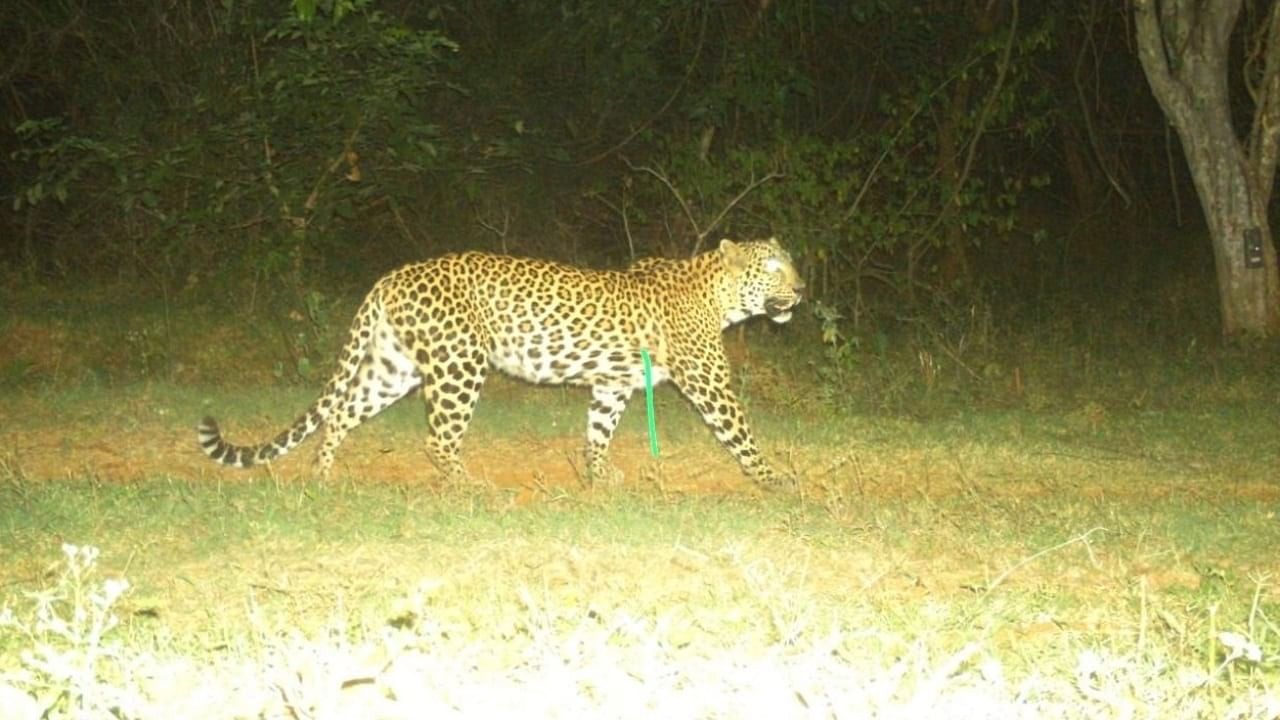
(Image for representation)
Credit: DH File Photo
Bengaluru: Rapid urbanisation of Anekal and Bengaluru South taluk is significantly impacting local ecology, evident in the rising number of livestock killed by leopards and increased incidents of human injuries and crop damage caused by elephants.
Data obtained by DH indicates a sharp rise in livestock killings, particularly sheep and calves. The number jumped to 29 in 2020-21, fell to 15 in 2021-22, but rose again to 27 in 2022-23, reaching 29 last year.
Officials report that the average annual livestock kills (18) over the past five years is much higher than in previous years.
Similarly, reported crop damage incidents have surged, peaking at 59 in 2019-20, compared to the usual 10 to 25 incidents in the preceding five years. Officials attribute this increase partly to higher compensation rates and the ease of claiming through the e-parihara system.
However, human injuries caused by wildlife have also risen, from two in 2021-22 to seven in 2023-24, reflecting the effects of urbanisation on animal behaviour. The construction of new roads and the widening of existing ones have disrupted natural corridors and habitats.
A review of land use changes on Google Maps shows a dramatic increase in built-up areas within the Bengaluru South taluk, with housing layouts replacing agricultural land. Even remote areas like Byalalu are experiencing a surge in development.
In the adjacent Anekal taluk, which includes part of the Bannerghatta Biological Park and connects to the Ragihalli State Forest, concrete structures have spread from Jigani to Anekal town and its rural outskirts, with hotels and resorts replacing agricultural fields.
N Raveendra Kumar, Deputy Commissioner, Bengaluru Urban, noted that habitat fragmentation due to road projects and development pressures on buffer zones are major concerns.
“The encroachment of forests and open spaces, coupled with garbage dumping near these forest blocks, attracts stray dogs, which in turn lure leopards. Disconnected forest areas make it difficult for leopards to navigate,” he explained.
Ground officials reported that CCTV footage has heightened public panic.
“Agricultural lands that once connected the forests provided cover for wildlife. Cameras set up in developed areas will naturally capture wildlife. In these situations, awareness is essential, not panic,” said Assistant Conservator of Forest Ganesh.